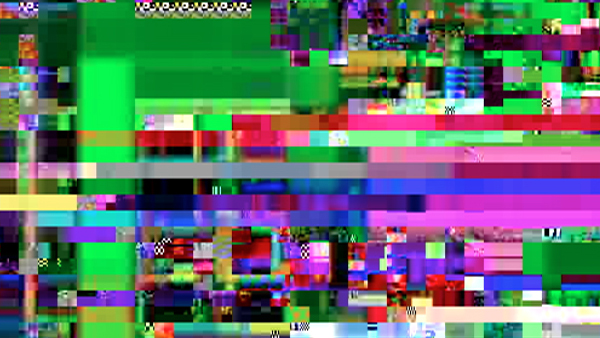PORTFOLIO |
 |
|
|
|
|
|
 |

|
| |
 |
Defining the Critical Glitch
story © Michael Betancourt | published December 17, 2015 | permalink |



 |
| 
|
 |


|
 |

�Glitch� may be best known from its role in electonic music and digital composition, but it is equally�and more commonly�a part of the everyday visual engagement with computers. The technical aspects of digital technology�pixellated images that re/compose reality as a juxtaposition of discrete fragments�suggests a translation of visual space into a virtuality, cyberspace, that instead of being continuous is instead shot through with errors and failures of various types. Transfers between this digital technology and art have been a continuous part of its history, but the prominence of digtial imagery and digitally-derived forms has become an insistent part of contemporary media since the opoular embrace of the Internet in the mid-1990s. These visual forms of glitch, unlike its musical counterparts, have consistently been grouped with a variety of other terms, prominent among these are post-digital, post-internet and the new aesthetic; in academic contexts visual glitch will often simply identified with new media art, or occasionally video art.
|

|
|
 read more read more
|

|
| |
|
|
|